Content |
|---|
Description
It measures 31 cm. and weighs around 300 g..
To the Philippine cockatoo (Cacatua haematuropygia) It is called locally Katala.
Its plumage is of a beautiful white color except for the feathers of the crest they are yellow or pink on its base and the bottom of the tail and wings they are yellow and Red.
The bill is a grayish-white color, and males has irises dark brown, While the of the female are brown-red color.
- Sound of the Philippine cockatoo.
Habitat:
Is restricted to lowland not more than 50 meters above the sea level, in or adjacent to rivers, and in coastal mangrove areas.
outside the breeding season (March to June, and, times, from February to August), frequents corn and rice crops. This depends on the station where foods are grown and have the available resources, being partially nomadic.
These birds can fly from their island to the adjacent if they are not more than a few 8 km. distance.
Reproduction:
breeding season between February and June. Of one to three eggs they are placed on a nest on a tree branch. The eggs are hatch for a few 28 days, and the chicks remain in the nest for nine to ten weeks after the hatching.
Food:
They feed on seeds, vegetables, fruits and berries.
They are known to attack corn crops in agricultural areas.
Distribution:
Size of the area of distribution (reproduction / resident): 22.700 km2
This cockatoo is endemic in Philippines, and the only representative of the cockatoos that we will find there; This has become a treasure of these islands.
Conservation:
State of conservation ⓘ |
||
|---|---|---|
 critically endangered ⓘ (UICN)ⓘ
critically endangered ⓘ (UICN)ⓘ
| ||
• Current IUCN Red List category: Critical Hazard.
• Population trend: Decreasing.
• Population size: 370-770 mature individuals.
In Palawan the capture of the cockatoos for the international illegal trade is particularly serious, something which is reflected in the high price of these birds ($ 160 Americans in Manila in 1997); to have been looted all the visible nests each time the price is higher because it costs more to catch them.
The deforestation and the destruction of mangroves have been extensive in their range of occupancy and have contributed significantly to their decline.
It is also hunted and hunted for consumption as food.
The release of captive birds can introduce diseases into wild populations.
Conservation Actions Proposed:
-
• Conduct surveys on all range islands to assess species population size and distribution.
• Monitor population trends.
• Monitor rates of habitat loss and degradation.
• Quantify catch levels, persecution and trade.
• Designate more protected areas (for example Tawi-Tawi and towns in or near Palawan).
• Support the proposal to expand the Puerto Princesa Subterranean River National Park.
• Prevent destruction of mangroves.
• Promote economically viable alternatives to avoid the capture of this cockatoo.
• Continue with education programs and captive breeding programs.
• Establish staff at airports and ferry terminals to control the departure of specimens.
• Translocate animals to suitable areas such as lowland forests or mangroves..
Loro Parque Foundation It has warned of the risk of extinction that runs the Philippine cockatoo by the construction of a power plant in Palawan, an island province of Philippines in the region of Western Visayas.
This Spanish NGO has invested 1,3 millions of dollars and more than 14 years of work in the recovery project of this cockatoo, and fears that with the construction of this station, the less than 1.000 remaining specimens in the world could be electrocuted by high-voltage lines, In addition to being blocked their migration in search of food.
See more in: (20minutes)
"Philippine cockatoo" in captivity:
Very rare in captivity, fortunately.
Alternative names:
– Philippine Cockatoo, Philippine Islands Cockatoo, Red-vented cackatoo, Red-vented Cockatoo (ingles).
– Cacatoès des Philippines (French).
– Rotsteißkakadu (German).
– Catatua-filipina (Portuguese).
– Cacatúa Filipina, Cacatúa Malaya (español).
scientific classification:
– Order: Psittaciformes
– Family: Cacatuidae
– Genus: Cockatoo
– Scientific name: Cacatua haematuropygia
– Citation: (Statius Müller, 1776)
– Protonimo: Psittacus haematuropygius
Philippine Cockatoo Images:
Sources:
– Avibase, BirdLife.org
– Photos: Kim Arveen homeland, © Benedict of Laender, Wikimedia.
– Sounds: Frank Lambert (Xeno-canto)
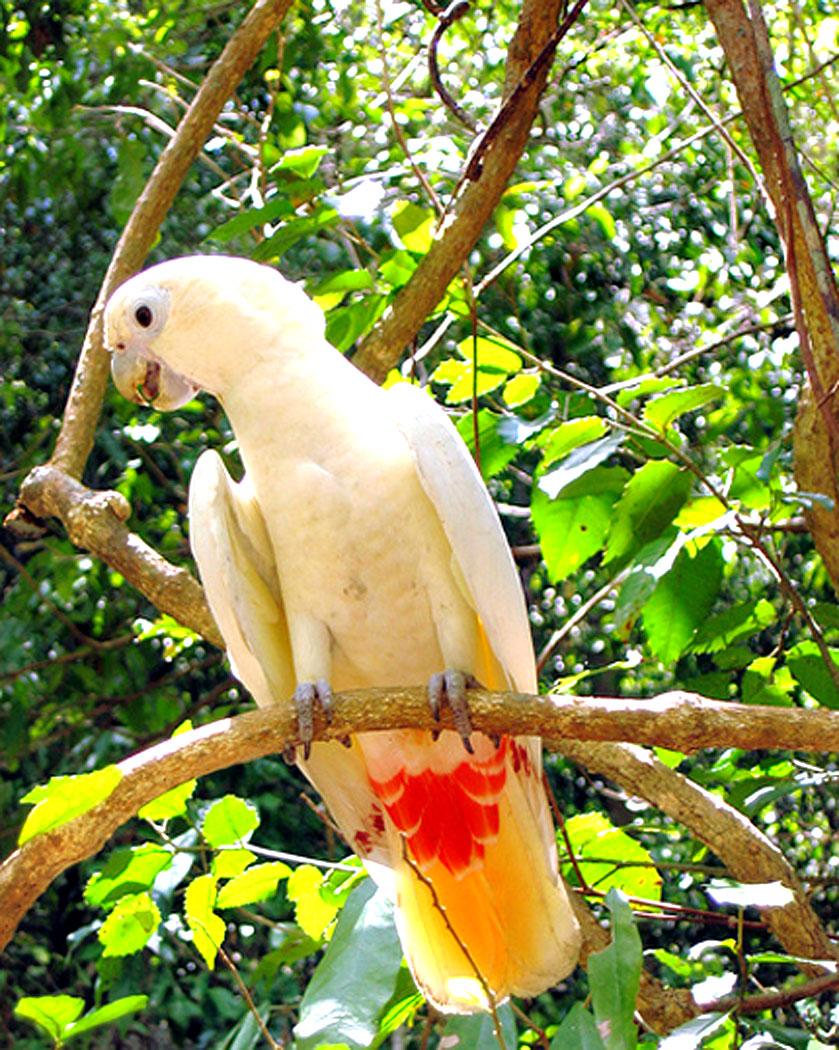
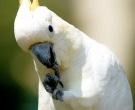
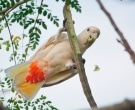
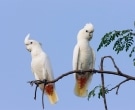
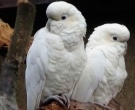

it's good but it's missing why they disappeared